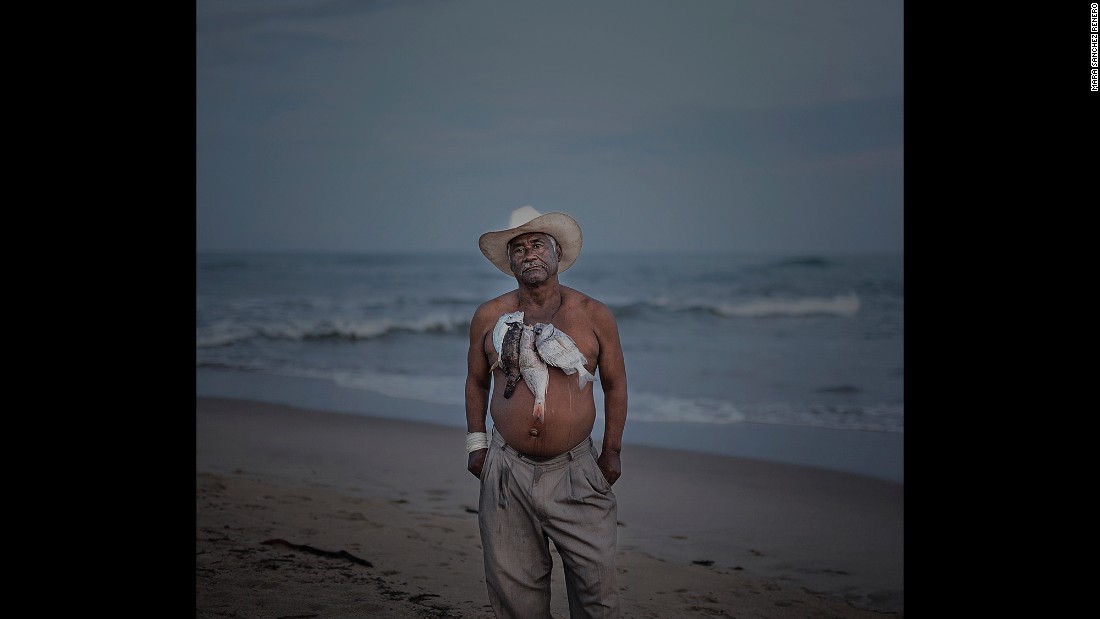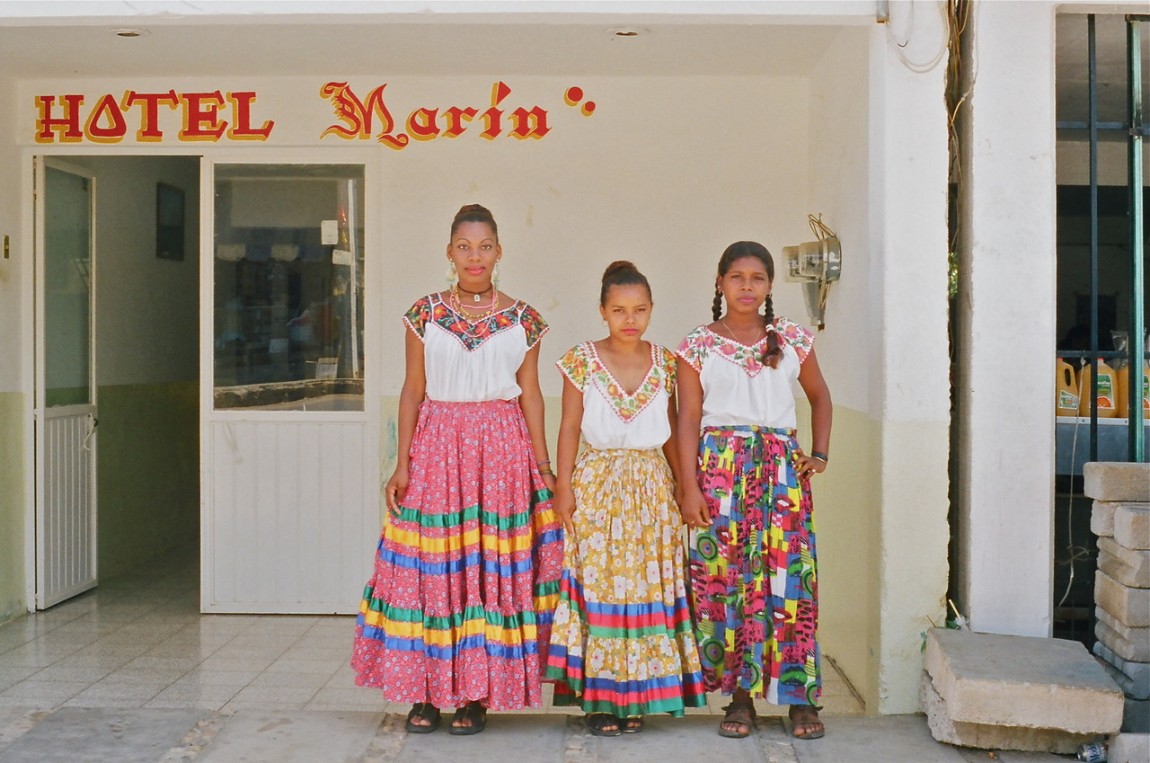Tony Gleaton: Photographing The African Story Across The Americas
Code Switch: Frontiers of Race, Culture and Ethnicity
National Public Radio
2015-08-23
Karen Grigsby Bates
Photographer Tony Gleaton died last Friday after struggling with a particularly aggressive cancer for 18 months. He was working, signing prints, talking to museums (several have his work in their collections, including the Brooklyn Museum, the Field Museum of Natural History in Chicago, Yale’s Peabody Museum of Natural History, and the Schomburg Center for Research in Black Culture in Harlem) and checking in with his friends right up to the last day. I admired his work, but also treasured his friendship.
For many years, Tony often showed up on my Los Angeles doorstep with a huge sack of dirty laundry slung over his shoulder and a box of contact sheets under one arm.
“Here,” he’d say, placing the box in my hands, and walking through the door. “Look at these. I’m gonna do some laundry, okay?”…
…In the beginning, he got a lot of pushback. “Why do you want to take our picture?” the villagers would ask, warily. “We have no money to pay you.”
When Tony would explain that he was documenting the African Diaspora around the world, and that they and he were both part of it, the conversation often became even harder.
“You want to take pictures of black people?” they’d ask.
“Yes, like you and me … ” he’d begin
“Well,” they’d respond, looking at his fair skin, light hair and blue-green eyes. “You’re not black. And we’re certainly not black. So you need to do that somewhere else.”
Eventually he learned to refine his approach and tell the villagers he wanted people in the States to see how beautiful people in the villages were. “I just gave up on the black connection. It was important to me, but not to them. They see race differently than we do. And it’s only a social construct anyway.”
There is still stigma to acknowledging blackness in many parts of Mexico, and Tony’s work raised the profile of Latinos with what is sometimes called “the Third Root” — Spanish, Indian, African — in Latino culture. His work eventually expanded across the Americas to form an exhibit called Tengo Casi 500 Anos (I Have Almost 500 Years) — Africa’s Legacy in Mexico that explores the African presence in the Americas. He’s also chronicled black, Indian and Mexican cowboy culture, as well as life in American Samoa and the Mississippi Delta…
Read the entire article here.



